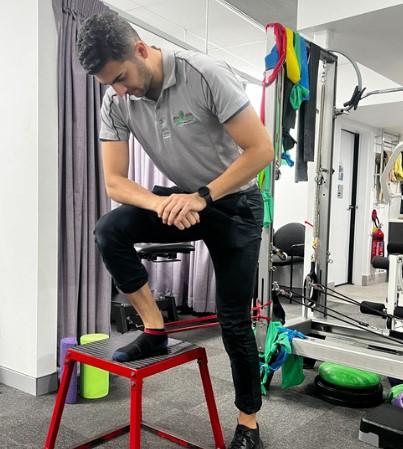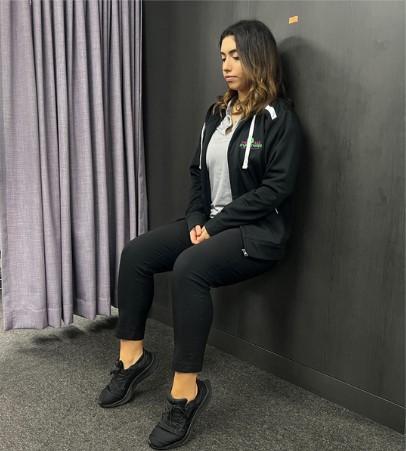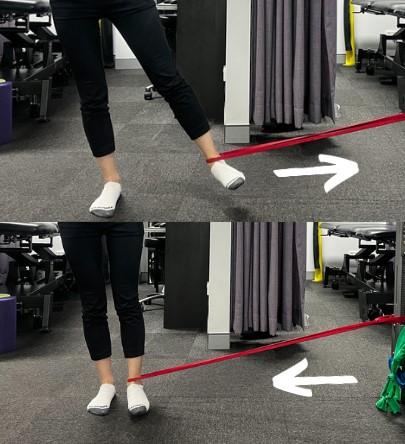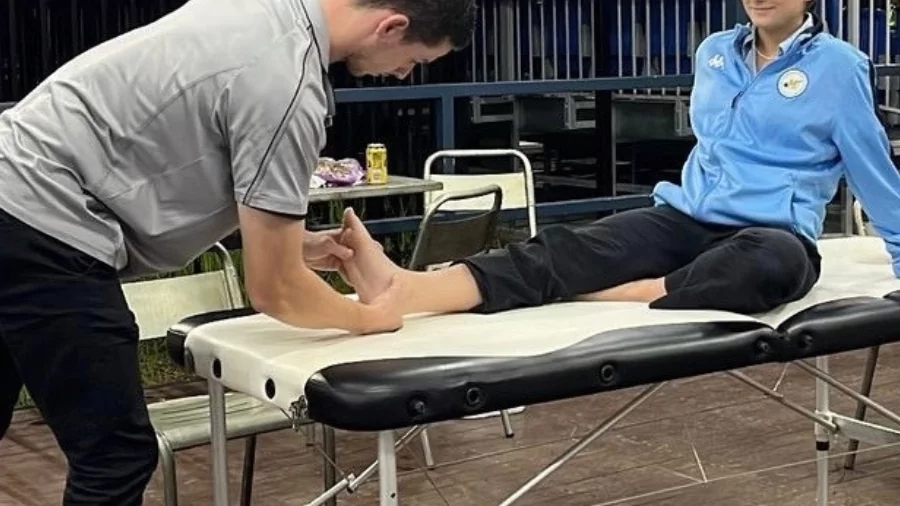According to the ABS an estimated 2 million Australians experience ankle sprains each year, with around 85% of these injuries occurring during sports or recreational activities.
Ligaments are bands of tough, flexible fibrous connective tissue with long parallel fibres. They attach bone to bone, and usually serve to hold structures together for stability and preventing dislocation/subluxtion.
Ligament Tears (often called sprains) occur when a sudden and forceful movement over a joint causes the ligament fibres to stretch beyond their capacity and tear. This leads to bleeding and an immediate inflammatory response (pain and swelling).
According to Gribble, et al. (2016), lateral ligament tears (Injuries to ATFL, CFL & PTFL) account for approximately 85% of all ankle sprains. Medial ankle sprains, which involve injury to the deltoid ligament on the inside of the ankle, are less common but can occur in conjunction with lateral sprains in severe cases. It is also critical to rule out “High Ankle Sprains” which are injuries to the AITFL and syndesmosis.

Stage 1: Inflammatory Phase (0-96 hours)
The damaged tissue is filled immediately with chemicals that produce pain, bleeding and an inflammatory response causing swelling to occur.
Stage 2: Repair Stage (2 days – 6 weeks)
Cells are released to attempt to heal the damaged ligament. Scar tissue is formed in an attempt to mesh the damaged ends of the torn ligament fiber’s together. The scar tissue however does not form in it’s normal parallel direction but in a disorganised mesh. As stress/load is applied to the healing ligament the strength of the ligament is increased.
Stage 3: Maturation/Remodelling (4 weeks – 12 months)
This stage involves the realignment of scar tissue into normal ligament tissue and assumes the structure of pre-injured tissue. The severity of the initial injury and the amount of time before commencing rehabilitation will influence the time taken for complete ligament healing and whether complete remodelling will occur.
Note: Some compete ligament ruptures require surgery, whilst others are managed with conservative physio rehabilitation.
Physiotherapy Management of an Ankle Ligament Injury
The majority of Ankle ligament injuries are best treated conservatively via physiotherapy with Kolzer et al, (2012) favoring it over surgery based on symptoms, function, cost and time of recovery. A systematic review by Doherty et al, (2016) showed that early mobilisation, exercise and manual therapy techniques resulted in a reduction in pain and swelling, while significantly increasing function.
Initial Management
- Effleurage massage to help remove swelling, ligament frictions and soft tissue releases to the calf and overactive muscles
- Gentle pain free mobilisations/manual therapy
- Weight bearing advice & patients may need bracing, splinting, crutches or even a CAM boot depending on the severity of the tear
- Gait retraining and muscle activation commence as tolerated as early mobilisation is shown to have positive outcomes (Kerkhoff et al, 2007).
- Other exercises will often include stretching, movement exercises, balance/proprioception training and foot/ankle /calf strengthening
Mid-Late Stage Management
- Progression to global (whole body) strengthening, motor control and biomechanical retraining
- Jumping/hopping/landing training
- Graduated return to running/sprinting/agility and sport and skill acquisition as objective markers are achieved
- More sports specific and dynamic exercises
- The patient should continue an independent rehabilitation program following discharge from physio to get the best outcome as remodeling phase may last 12 months

Aim: Improve ankle dorsiflexion range of motion
How do I do the exercise: Tie a resistance band around a pole. Grab a chair or box. Place resistance band around the front of your ankle just below your ankle bones. Place your foot on the chair, with other leg on the ground in a lunge position. Push your knees over toes whilst keeping your heel firmly on the chair. Repeat 10 times.

Aim: Improve soleus plantar flexor strength in a weightbearing position
How do I do the exercise: Place your back against the wall, walk your feet out a couple of small steps and lower yourself to a 90 degree angle until your in a wall sit position. Next raise your heels of the floor and lift as high as you can keeping your toes in contact with the ground. Level of difficulty can be changed by adding reps, applying a hold or adding/resting weight onto the top of your knees.

Aim: Improve dynamic single leg balance, stability and proprioception.
How do I do the exercise: Tie a Theraband around a pole and loop it around your leg closest to the pole. Take a couple steps to the side so there is tension in the band. Lift leg with band in the air. Standing on your outside leg and keeping your body straight/upright, banded leg then pulls band towards standing leg. Do this without banded leg touching the floor or leaning your body. Level of difficulty can be changed by stepping out further or changing the tempo of the leg pulls to the body.
Why is Physio Management important?
Approximately 40% of people who have an ankle sprain will develop chronic ankle instability if it is left untreated due to progression of the impairments initially suffered (Miklovic et al, 2018). These impairments include poor gait, restricted ROM, poor balance, reduced local muscle control and altered biomechanics. “A physiotherapist is best suited to help guide the rehab process by providing education on the condition and taking the patient through the necessary progressions to safely load and exercise the ankle.” (Gustafsson et al. 2017). When left untreated 73% of ankle injuries have residual symptoms (Gribble et al 2016) and players with an ankle injury are 5 times more likely to have a re-injury. Early physiotherapy intervention can help restore movement, strength, proprioception and muscle control assisting a safe return to activity and function sooner.
Individuals with recurrent ankle sprains demonstrated altered landing mechanics, which has been found to heighten the risk of ACL injury with decreased knee and hip muscle control (Terada et al, 2014). It is then important that the whole kinetic chain is also assessed and exercise is prescribed based on findings, with research identifying reduced muscle control and postural stability in people following ankle sprains (Simpson et al, 2019).
The evidence supporting physiotherapy as an early intervention in the management of ankle ligament injuries is aimed at reducing pain, restoring function and avoiding re-injury, and is well documented in recent literature (Wagemans et al, 2022). According to the current evidence, early mobilization and functional ankle support are better than rigid immobilization in the management of acute ankle sprains, especially for grade I and II injuries (Halachi & Hassabi, 2020).


